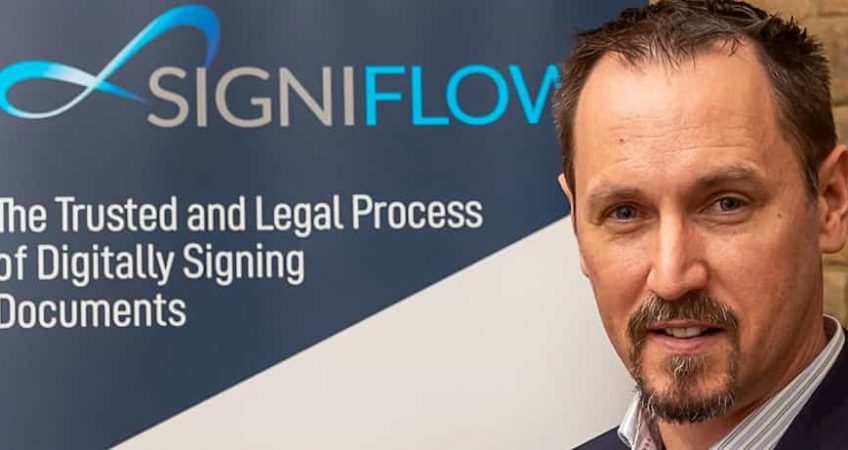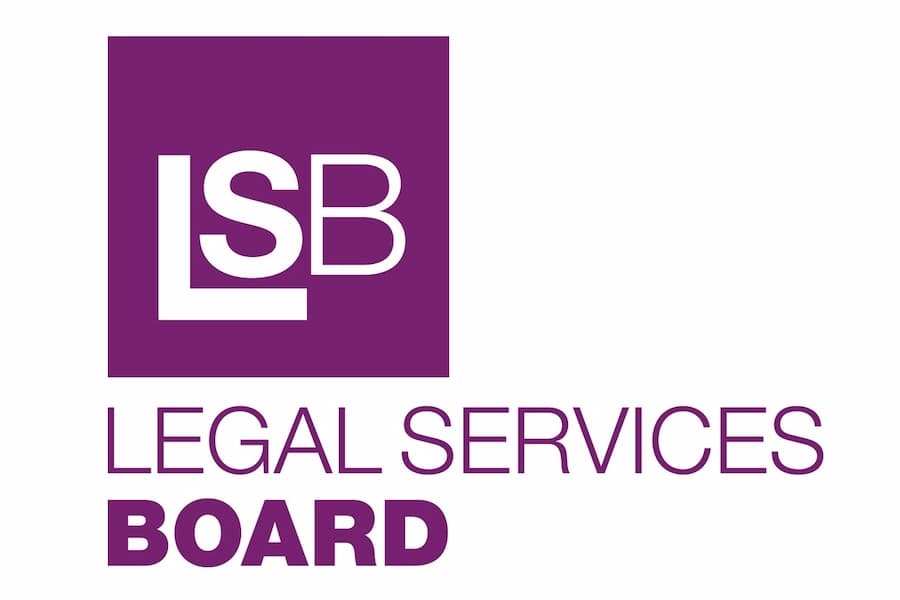Even before Covid-19 turned the business world on its head, eSignatures had already revolutionised the way business was done by allowing legally binding contracts to be finalised much faster than was ever possible in the paper-laden past.
Specifically for conveyancers – individuals who’d chosen a profession in which time and accuracy were of utmost importance, the time-consuming and error-prone nature of paper processes meant a far more effective and expeditious solution would be the only way to go.
With the amount of paperwork that went with conveyancing, such as deed documents, transfer duties, homeowners certificates, compliance certificates, rates clearance documents, bond settlements and power of attorney documents (and this list is by no means exhaustive), it would’ve be crazy to keep doing things manually, when technology that significantly lightened the load and quickened the process for conveyancers and their clients, was readily available.
Enter electronic signatures, or more specifically (given the crucial need for watertight security in signing), digital signatures.
Recently, in the wake of indefinite social distancing regulations, UK’s Land Registry announced it would be accepting electronic signatures in conveyancing, in a bid to “provide conveyancers with immediate help in meeting the difficulties of working with paper in the current crisis”.
Land Registry deputy chief executive, Mike Harlow, indicated that witnessed electronic signatures would soon be accepted, after which steps would be taken to ensure that digital signatures (more specifically qualified electronic signatures) could be used when working with HM Land Registry.
Fundamentally different
But what does this all mean? Is it all just techie jargon? In the first four paragraphs of this piece alone, we have already used four different terms to refer to what essentially boils down to signing legal documents without the use pen and paper.
Electronic signatures (eSignatures), digital signatures, qualified electronic signatures (QES), advanced electronic signatures (AES) – these all represent different levels of electronic signing. Often (incorrectly) used interchangeably, there are fundamental differences that characterise each of these.
And it’s important to know the difference, as well as which is the right one to use. Merely making a mark electronically to show intent or purport to be someone is not enough. Especially when dealing with high transaction value and significant risk, a signature must make a document tamper proof, ID irrefutable and all related contracts and agreements legally binding and accepted.
So let’s break the terminology around electronic signing down:
To kick off the glossary, let’s first look at the signature, in its rawest, most basic form. A signature is essentially a means of binding an individual to the contents of a document, by way of an intentional mark. It typically signifies knowledge, approval, acceptance, or obligation.
Bearing that in mind, here’s a list of the various forms this mark can take in the digital world:
- Electronic signatures
Electronic signatures are the lowest rung in the ladder of security, in that this form of signing can literally be done by a five-year old. An electronic signature is a superficial mark, which can take the form of anything from a scanned image of a handwritten (wet-ink) signature that is copied onto a signed document, to a name typed at the end of an email. It can even be a simple click of a box or a squiggle drawn using a hardware device, such as a signature pad. - Digital signatures
In terms of security, digital signatures take it up a whole bunch of notches. These bad boys are the most advanced and secure type of electronic signature. Steeped in cryptography, digital signatures guarantee the contents of a message or document have not been altered in transit. Digital signatures are based on Public Key Infrastructure (PKI) technology, using accredited personal X.509 digital certificates to provide the highest levels of security and universal acceptance. They are created using a cryptographic operation that creates a hash-code unique to both the signer and the content, so that it cannot be copied, forged, or tampered with. - Advanced electronic signatures (AES)
Both advanced electronic signatures (AES) and qualified electronic signatures (QES) are family of the digital signature, with both providing a significantly higher level of security than ordinary or standard electronic signatures, as in point number 1. To class an electronic signature as advanced, it must meet the following criteria:- The signatory can be uniquely identified and linked to the signature.
- The signatory must have sole control of the signature creation data (typically a private key) that was used to create the electronic signature.
- The signature must be capable of identifying if its accompanying data has been tampered with after the message was signed.
- If the accompanying data has been changed, the signature must be invalidated.
- Qualified electronic signatures (QES)
Qualified electronic signatures, also digital signatures in that they use digital signature technology, are a step up from AES. A QES is an AES with the addition a qualified digital certificate that has been created by a qualified signature creation device (QSCD). For an electronic signature to be considered as a qualified electronic signature, it must meet the following criteria:- The signatory must be linked and uniquely identified to the signature.
- Data used to create the signature must be under the sole control of the signatory.
- It must have the ability to identify if the data that accompanies the signature has been tampered with since the signing of the message.
Whether you need to use an AES or QES is largely dependent on the law of the land in which you reside, and the level of risk involved in the transaction.
While qualified electronic signatures tend to be more costly they should be the go-to digital signature in the kind of high risk situations involved in conveyancing. Examples would be when you are signing documents that require witnessing or contracts that are executed under seal.
Reference
- Signiflow.com – Digital vs electronic signatures: Defining the difference
- Mundays.co.uk – Electronic Signatures in England and Wales
- HM Land Registry – Electronic Signatures in Conveyancing
- Clyde & Co – COVID-19 UK: Corporate contracts and electronic signatures – when should these be used?
- Wikipedia – Advanced electronic signature
- Wikipedia – Qualified electronic signature



















